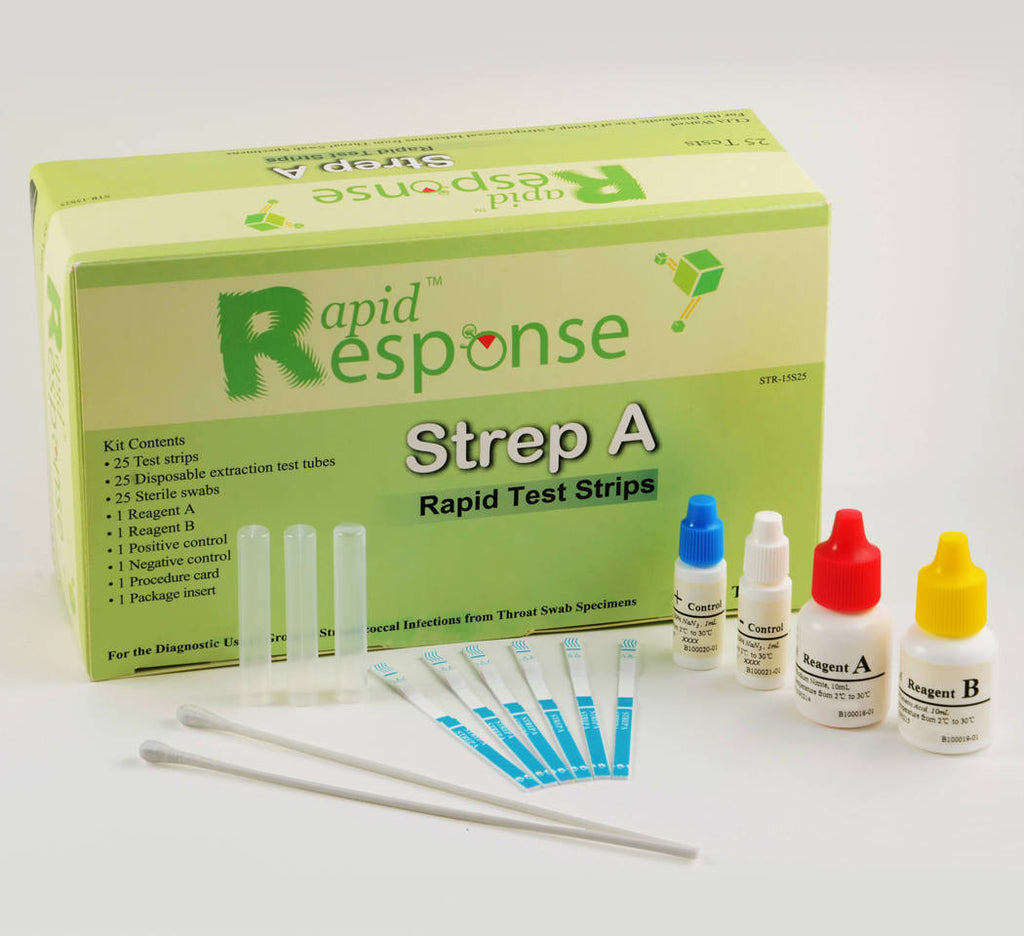

Begin counting on the first day of your period to the day before your next period starts. To work out when your period is expected, count the number of days between your last few periods.

What day to test The Natalist Pregnancy Test Strip is designed to detect hCG as early as six days before the day of the missed period. In fact, clinical evaluations have shown that the test is more than 99% accurate from the day of your expected period. How it works Natalist Pregnancy Test Strips detect human Chorionic Gonadotropin (hCG), one of the first signs of pregnancy, in urine and are over 99% accurate* when used correctly.
AMNIOTIC FLUID TEST STRIPS HOW TO
So you’ve just taken a pregnancy test and are wondering how to decipher the test results? While it is always important to reference the pregnancy test instructions, sometimes it can be helpful to see examples of positive pregnancy test results. Measurement of placental alpha-microglobulin-1 in cervicovaginal discharge to diagnose rupture of membranes.In this easy-to-follow guide, we’ll share how to read pregnancy test strip results and share actual pregnancy test strip results. Lee S E, Park J S, Norwitz E R, Kim K W, Park H S, Jun J K. Immunochemical identification of organ specific human placental alpha-globulin and its concentration in amniotic fluid.Ĭousins L M, Smok D P, Lovett S M, Poeltler D M.ĪmniSure placental alpha macroglobulin-1 rapid immunoassay versus standard diagnostic methods for detection of rupture of membranes. Petrunin D D, Griaznova I M, Petrunina IuA, Tatarinov IuS. Measurement of insulin-like growth factor binding protein-1 in cervical/vaginal secretions: comparison with the ROM-check Membrane Immunoassay in the diagnosis of ruptured fetal membranes. Levels of insulin-like growth factor-binding protein-1 increase rapidly in amniotic fluid from 11 to 16 weeks of pregnancy. Wathen N C, Egembah S, Campbell D J, Farkas A, Chard T. Rapid detection of insulin-like growth factor-binding protein-1 and foetal fibronectin in cervico-vaginal secretions to diagnose premature membrane rupture. Guibourdenche J, Luton D, Andre E, Noel M, Porquet D. Insulin-like growth factor binding protein-1, a quick way to detect amniotic fluid. Rutanen E M, Karkkainen T H, Lehtovirta J, Uotila J T, Hinkula M K, Hartikainen A L.Įvaluation of a rapid strip test for insulin-like growth factor binding protein-1 in the diagnosis of ruptured fetal membranes.

Lockwood C J, Wein R, Chien D, Ghidini A, Alvarez M, Berkowitz R L.įetal membrane rupture is associated with the presence of insulin-like growth factor-binding protein-1 in vaginal secretion. Thus, the rapid strip test based on PAMG-1 seems to be a more sensitive bedside test compared with the test based on IGFBP-1 for the detection of amniotic fluid.Īmniotic fluid - bedside test - insulin-like growth factor-binding protein-1 - placental α-microglobulin-1 REFERENCES In all remaining 15 cases, the test based on PAMG-1 proved to be superior by detecting amniotic fluid at least at one descending concentration below the test based on IGFBP-1. In 5 cases, both test methods showed the same results. Immunoassay strip tests were then compared in their ability to detect remaining concentrations of amniotic fluid.
AMNIOTIC FLUID TEST STRIPS SERIES
These samples were diluted with 0.9% saline solution in a dilution series down to concentrations of 1:320. Samples of amniotic fluid were taken in 20 pregnant women between 31 3/7 and 41 2/7 gestational weeks at elective cesarean section before delivery of the newborn. Our objective was to compare two rapid strip tests for the detection of amniotic fluid, based on the detection of insulin-like growth factor-binding protein-1 (IGFBP-1) and of placental α-microglobulin-1 (PAMG-1). Buy Article Permissions and Reprints ABSTRACT


 0 kommentar(er)
0 kommentar(er)
